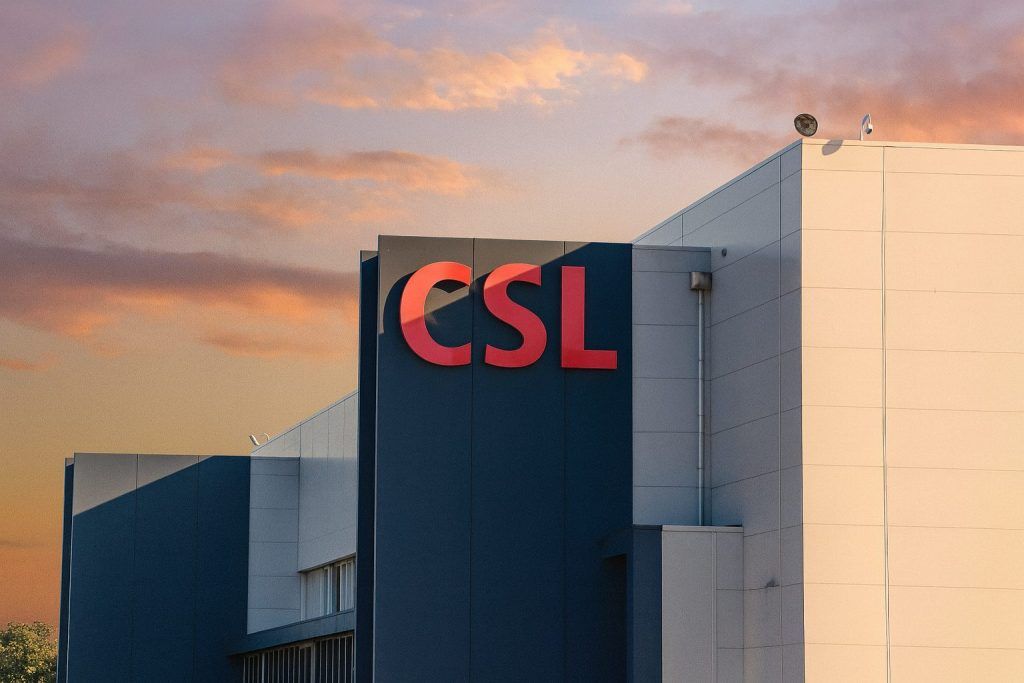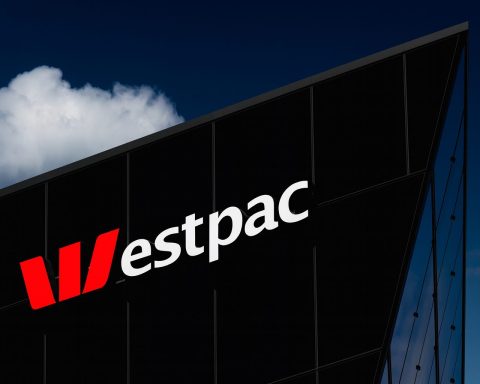The iShares Short Treasury Bond ETF (NASDAQ: SHV) is trading almost perfectly flat on Wednesday, November 26, 2025, but the fund remains squarely in focus as investors weigh the Federal Reserve’s next move and short‑term U.S. Treasury yields hover around 4%.
SHV has become one of the go‑to “cash‑like” ETFs for investors who want Treasury-backed safety without locking money up in a multi‑year bond.
Key takeaways
- Price today: SHV is recently quoted around $110.40 per share, barely changed on the day and sitting near the upper end of its 52‑week range. [1]
- Range & scale: The ETF’s 52‑week range runs from roughly $109.91 to $110.51, and it manages about $20.7 billion in assets, putting it among the larger ultra‑short Treasury funds. [2]
- Income profile: SHV currently shows a 30‑day SEC yield around 3.8% and a 12‑month trailing yield around 4.2%, closely tied to short‑term Treasury yields. [3]
- Strategy: The ETF holds U.S. Treasuries maturing in one year or less, with an effective duration of about 0.28 years, keeping interest‑rate sensitivity extremely low. [4]
- Macro backdrop: After two quarter‑point Fed cuts in 2025, the federal funds rate now sits in a 3.75%–4.00% target range, and markets are debating the odds of yet another cut at the December meeting. [5]
SHV stock today: Price, volume, and trading snapshot
As of the latest data on Wednesday, November 26, 2025, SHV is trading near $110.40, up just a penny from its prior close, for a move that rounds to essentially 0.0% on the day. Intraday trading has been extremely tight, with a day’s range of about $110.39 to $110.40. [6]
Volume is running in line with recent activity. SHV’s recent daily volume sits around 1.8–2.0 million shares, versus a 30‑day average close to 2.5 million shares, confirming that this is a highly liquid ETF that can usually be traded with minimal bid‑ask spread — BlackRock reports a 30‑day median spread of just 0.01%. [7]
From a price‑level perspective, SHV is sitting close to the high end of its 52‑week range of roughly $109.91–$110.51, reflecting the fact that when yields fall modestly from recent peaks, the prices of short‑duration Treasury funds like SHV drift toward their recent highs. [8]
What exactly is SHV?
SHV is an ultra‑short U.S. Treasury ETF. Its mandate is simple:
- Track the ICE Short U.S. Treasury Securities Index,
- Invest at least 90% of assets in U.S. Treasury securities,
- Focus on bonds with one year or less remaining maturity. [9]
According to BlackRock’s latest data:
- Number of holdings: 16
- Weighted average maturity: ~0.29 years
- Effective duration: ~0.28 years
- Credit quality: Effectively all U.S. Treasury exposure (backed by the U.S. government) [10]
That ultra‑short duration is why SHV’s price barely moves day to day compared with longer‑duration bond funds. ETF research provider ETFdb describes SHV’s interest‑rate and credit risk as “extremely light”, noting that the ETF is often used as a “safe haven to park assets in volatile markets” rather than as a high‑return vehicle. [11]
In plain English: SHV is designed to behave much more like a high‑yielding cash proxy than a traditional bond fund that swings with rate expectations.
Yields around 4%: Why SHV looks like “cash with a yield”
Treasury bill yields remain elevated
Short‑term Treasury yields are still hovering around 4%, even after this year’s Fed cuts. Recent data show:
- The 1‑month Treasury yield was about 4.03% on November 21, 2025. [12]
- The 3‑month U.S. T‑bill yield sits near 3.8% as of November 25, 2025. [13]
At the same time, a Barron’s review of T‑bill ETFs earlier this year highlighted yields in the 4.2%–4.3% range, making ultra‑short Treasury ETFs attractive versus both inflation (around 2%) and many bank deposits. [14]
SHV’s own income profile lines up with that environment:
- 30‑day SEC yield: about 3.77%
- 12‑month trailing yield: about 4.20%
- Dividends: paid monthly [15]
Because SHV’s holdings turn over quickly as its short‑dated Treasuries mature and are reinvested, its yield tends to track the front end of the Treasury curve fairly closely.
Fed cuts, but not back to zero
The Fed has already cut rates twice in 2025, most recently at its October 29 meeting, bringing the federal funds target range to 3.75%–4.00%. [16]
Markets are actively debating whether another cut is coming at the December 9–10 meeting:
- CME futures and Street commentary now price in a high probability (around 70–80%) of another 0.25‑point cut, according to recent media reports. [17]
- At the same time, Vanguard’s fixed‑income chief has warned that Wall Street may be expecting too many cuts, suggesting only one or two more moves after the two already delivered this fall. [18]
- The Fed itself is deeply divided: some officials are focused on inflation, which has recently ticked back above the 2% target, while others are worried about slowing hiring and rising recession risk. [19]
- A 43‑day government shutdown has disrupted economic data, including the October jobs report, making the Fed’s December decision even harder. [20]
For SHV holders, the key takeaway is that policy rates are still relatively high by pre‑2022 standards, and even if another cut arrives in December, yields on T‑bills and ultra‑short Treasuries are likely to remain meaningfully positive in real terms for now.
How today’s environment feeds into SHV’s income potential
Because SHV holds Treasuries maturing within a year, it continually rolls maturing bills and notes into new issues at prevailing yields. That creates a fairly direct link between:
- Front‑end Treasury yields (1–12 months), and
- The fund’s SEC and distribution yields.
The recent drop in the fed funds rate from above 4% into the 3.75%–4.00% band has started to gently pull down short‑term yields, which is why SHV’s 30‑day SEC yield (≈3.8%) is slightly lower than its trailing 12‑month yield (≈4.2%). [21]
If the Fed cuts again in December, investors should expect:
- SHV’s yield to drift lower over time,
- But not collapse toward zero unless the Fed embarks on a much deeper easing cycle than markets currently anticipate. [22]
In other words, SHV still behaves like “cash with a yield”, but that yield may gradually step down if the Fed keeps easing through 2026.
SHV vs. money market funds and T‑bill ETFs
Investors today have several ways to earn yield on short‑term, high‑quality instruments:
- Money market funds – Extremely stable net asset value (NAV) and daily liquidity, but sometimes slightly lower yields and limited intraday trading.
- T‑bill ETFs – Funds that focus on 0–3‑month Treasuries have exploded in popularity in 2025, with assets across the segment topping $100 billion. [23]
- Ultra‑short Treasury ETFs like SHV – Allow slightly longer exposures (up to 12 months), potentially offering a modest yield pickup relative to pure T‑bill funds, at the cost of a little more duration. [24]
Because SHV trades all day on the NASDAQ, it’s particularly attractive to:
- Active traders and advisors who want intraday liquidity,
- Investors who prefer to manage cash positions inside a brokerage account,
- Portfolios that need a transparent, fully Treasury‑backed vehicle rather than a prime money market fund with corporate paper.
Risks to watch with SHV
Even though SHV is one of the lower‑risk instruments available in public markets, it’s not completely risk‑free.
1. Interest‑rate risk (even if it’s tiny)
With an effective duration of about 0.28 years, SHV’s price will still move a little when rates shift. A rough rule of thumb:
- A 1‑percentage‑point, immediate move higher in short‑term yields might translate into roughly a 0.3% decline in SHV’s price, while the opposite move would provide a similar price gain. [25]
That’s modest, but not zero. For truly “no‑loss” nominal exposure, only individual T‑bills held to maturity — or insured bank deposits — remove mark‑to‑market volatility entirely.
2. Reinvestment and income risk
If the Fed cuts more aggressively than currently expected, the yield on maturing Treasury holdings will fall as they roll into new issues. Investors who enter SHV today for a 4%‑type yield may find that income level gradually stepping down over the next couple of years if policy rates trend toward 3% or lower. [26]
3. Liquidity under stress
Ultra‑short bond ETFs came under scrutiny after the March 2020 liquidity crunch, but regulatory changes — including SEC liquidity‑risk rules — and the growth of Treasury‑focused strategies have improved resilience. Recent commentary on ultra‑short bond ETFs notes that they now balance liquidity, yield, and stability more effectively, aided by Rule 22e‑4 liquidity programs and active market‑maker support. [27]
SHV’s focus on plain‑vanilla U.S. Treasuries, and its tight historical tracking to NAV, make it one of the more robust choices in this segment during periods of stress. [28]
Who might consider SHV now?
SHV may be worth a look for investors who:
- Want a Treasury‑only parking place for cash between risk‑asset trades.
- Are building a laddered fixed‑income strategy, using SHV for the very front end.
- Need a low‑volatility core holding in conservative or income‑focused portfolios.
- Prefer ETF structure and intraday tradability to traditional money market funds.
By contrast, SHV may be less suitable on its own for investors seeking:
- Meaningful long‑term capital appreciation (its return stream is dominated by income, not price gains), or
- A hedge against sharp equity sell‑offs via duration, since ultra‑short Treasuries don’t typically rally as strongly as longer‑dated bonds when risk assets fall.
Outlook: What to watch for SHV in the coming weeks
Heading into December and early 2026, the SHV story will largely track three moving parts:
- The Fed’s December decision
- A hold at 3.75%–4.00% would likely keep SHV’s yield profile close to where it is today.
- Another 0.25‑point cut would gently nudge its income lower over time, though the process will be gradual as holdings roll. [29]
- Front‑end Treasury yields
- Keep an eye on 1‑month and 3‑month Treasury yields, which provide a good real‑time gauge for where SHV’s distribution yield may head over the next few quarters. [30]
- Risk appetite across markets
- When investors fear volatility or recession, demand for short‑term Treasuries and “cash‑like” ETFs tends to rise, supporting flows into funds such as SHV.
- If confidence returns and markets price in faster cuts or a “soft landing,” some money may rotate out of SHV and other cash vehicles into risk assets.
For now, on November 26, 2025, SHV remains steady, liquid, and yield‑bearing, doing exactly what many investors expect from it: behaving like a very calm corner of the bond market while the rest of the macro narrative remains noisy.
Important note
This article is for informational and educational purposes only and does not constitute financial advice, investment recommendation, or an offer to buy or sell any security. Always consider your own objectives, risk tolerance, and time horizon, and consider speaking with a qualified financial professional before making investment decisions.
References
1. www.investing.com, 2. finance.yahoo.com, 3. www.blackrock.com, 4. www.ishares.com, 5. www.federalreserve.gov, 6. finance.yahoo.com, 7. finance.yahoo.com, 8. finance.yahoo.com, 9. www.ishares.com, 10. www.blackrock.com, 11. etfdb.com, 12. fred.stlouisfed.org, 13. tradingeconomics.com, 14. www.barrons.com, 15. www.blackrock.com, 16. www.federalreserve.gov, 17. www.cbsnews.com, 18. www.ft.com, 19. abcnews.go.com, 20. www.businessinsider.com, 21. www.blackrock.com, 22. www.ft.com, 23. www.barrons.com, 24. www.ishares.com, 25. www.blackrock.com, 26. www.jpmorgan.com, 27. www.ainvest.com, 28. www.blackrock.com, 29. www.cbsnews.com, 30. fred.stlouisfed.org










